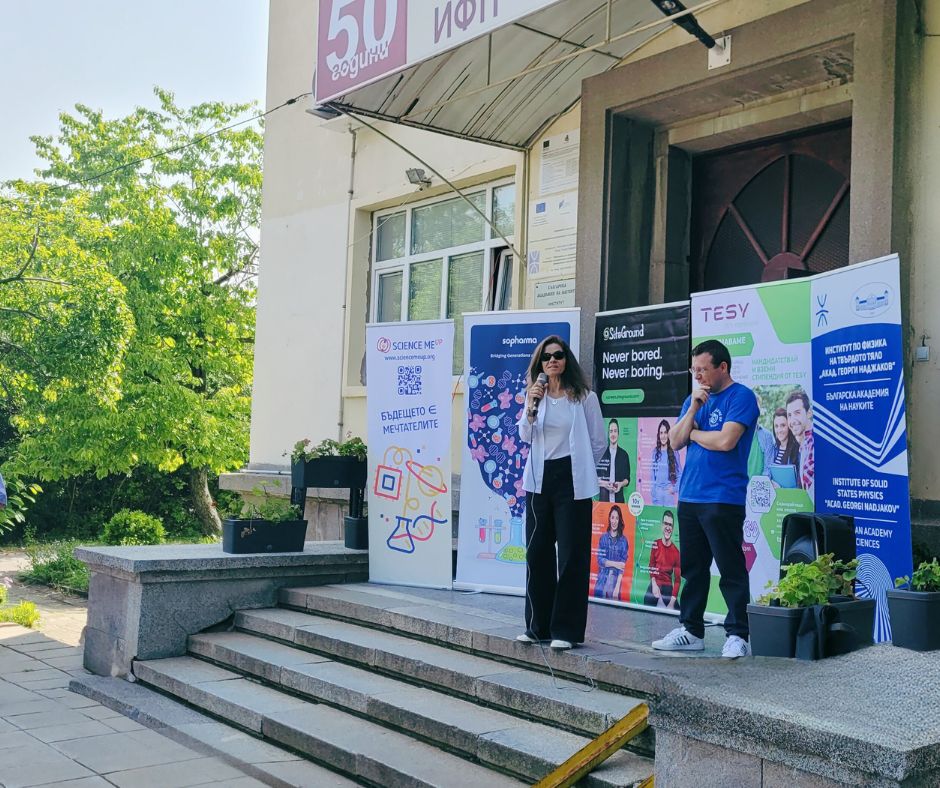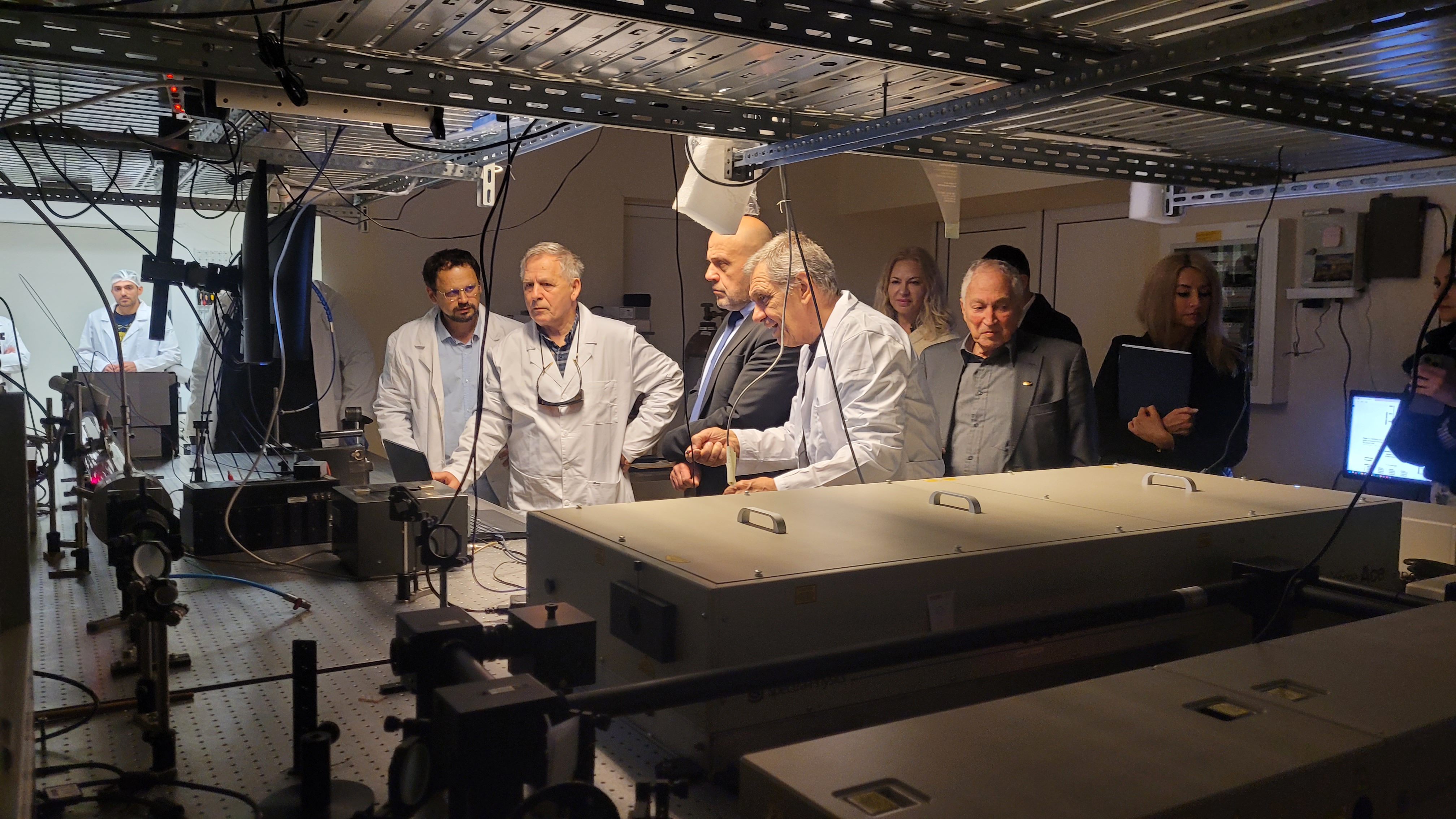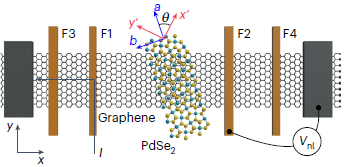 Nanocoatings that can stop viruses and bacteria from infecting surfaces such as door handles and ATMs are being developed by an international team of scientists as part of the Surface Transfer of Pathogens (STOP) project. The aim is to prevent infections from occurring through contact with contaminated surfaces and thus improve the protection of human health. The research involves a team from the Institute of Electronics of BAS which will seek to address the problem by surface structuring to improve antimicrobial activity.
Nanocoatings that can stop viruses and bacteria from infecting surfaces such as door handles and ATMs are being developed by an international team of scientists as part of the Surface Transfer of Pathogens (STOP) project. The aim is to prevent infections from occurring through contact with contaminated surfaces and thus improve the protection of human health. The research involves a team from the Institute of Electronics of BAS which will seek to address the problem by surface structuring to improve antimicrobial activity.
The STOP project is funded by the EU and involves 15 organisations from industry and academia. “The ‘Bundesanstalt für Materialforschung und -prüfung’ (BAM) in Germany and the University of Birmingham (UoB) are leading the research.
Different surfaces in areas frequented by many people, such as door handles on public transport and medical offices or ATMs, can contribute to the spread of viruses or bacteria. The risk of infection is high for the elderly, young children and people with chronic illnesses, where there can be dangerous consequences. The scientists’ idea is to make nano-coatings that, when applied to these surfaces, would limit the routes for transmission of infections.
They will look at ways to combine advanced nanotechnology with innovative materials to develop surface coatings that protect against pathogens. The project will run until August 2026 and first results are expected in February 2024.
The project aims to develop different substances that have a wide range of antiviral and antimicrobial properties and prevent the development of resistance. The focus is on nanoparticles and antimicrobial peptides, i.e. protein molecules that are also produced naturally by living organisms to increase protection against bacteria. The scientists will investigate whether antiviral and antibacterial effects can also be achieved by nanoscale surface modifications with laser-induced materials processing and whether such nanostructures can be combined with chemical modifications to enable even better protection.
The efficacy of nanocoatings and laser-induced surface structures will be investigated both in a laboratory setting and in real-world settings such as nursing homes. New test methods will be developed which should then lead to new standards for antiviral and antibacterial testing of high-touch materials. In addition, the safety aspects of nanomaterials will be addressed in detail through human and environmental toxicity studies and life cycle analyses.
Further information about the project can be found at: https://cordis.europa.eu/project/id/101057961





